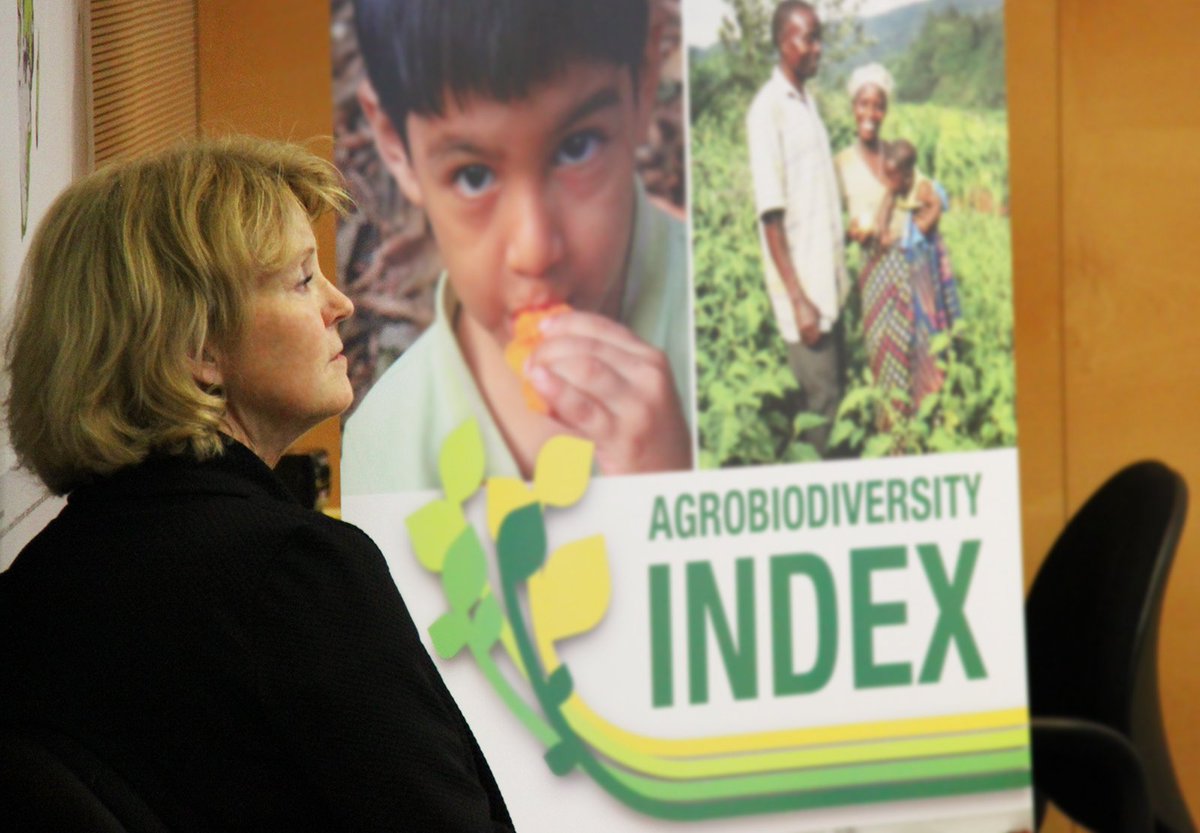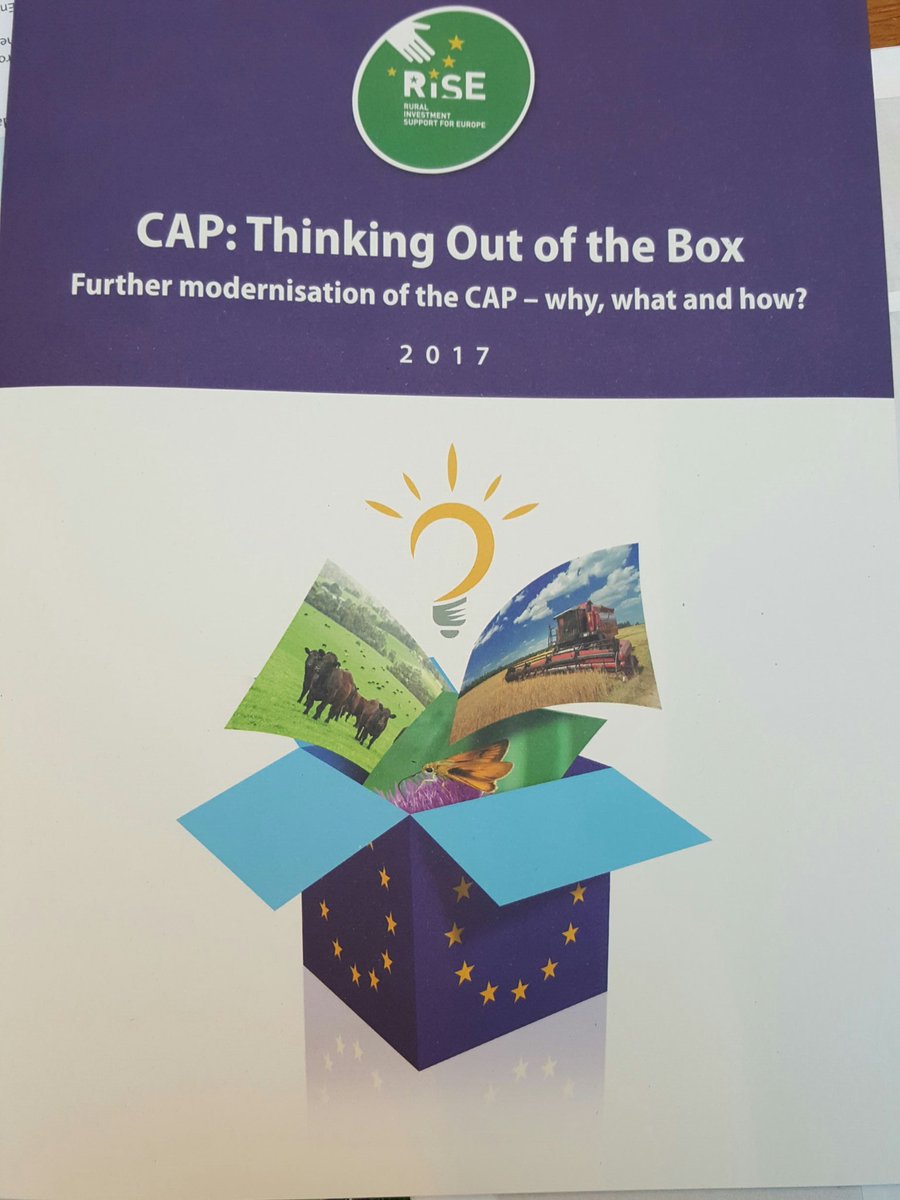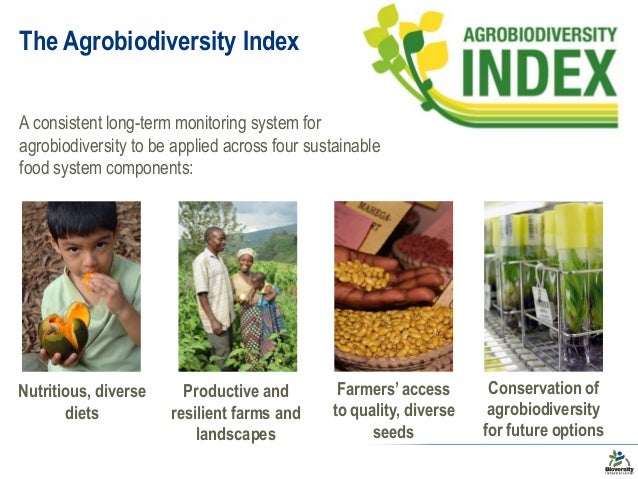27 March 2017. Syngenta and the RISE foundation organised a pre-event to the Forum for the Future of Agriculture 2017 conference.
 The panel of this event's first part created a space for constructive dialogue with a focus on strengthening the relationships among the private sector, development organizations, governments and other stakeholders directly or indirectly involved in responding to food and nutrition security and environmental restoration. It showcased the rationale for new initiatives such as an Agrobiodiversity Index or a Landscape Connectivity Alliance and how these can be tools for countries and corporations to increase private and public investment in sustainable food and agriculture.
The panel of this event's first part created a space for constructive dialogue with a focus on strengthening the relationships among the private sector, development organizations, governments and other stakeholders directly or indirectly involved in responding to food and nutrition security and environmental restoration. It showcased the rationale for new initiatives such as an Agrobiodiversity Index or a Landscape Connectivity Alliance and how these can be tools for countries and corporations to increase private and public investment in sustainable food and agriculture.- Ann Tutwiler (see picture), Director, Bioversity International – Improving Food Systems Through an Agrobiodiversity Index
- Jurgen TACK, Scientific Director, ELO – Biodiversity from the Landowners’ Perspective
- Juan GONZÁLEZ-VALERO, Head Public Policy and Sustainability, Syngenta –Business and Landscape Connectivity
- Johan LAMMERANT, Lead Natural Capital and Biodiversity Expert, Arcadis –Benefits of Natural Capital in Agricultural Landscapes

 PART II — Rise Foundation Report Launch – CAP – Thinking out of the box (2017, 22 pp)
PART II — Rise Foundation Report Launch – CAP – Thinking out of the box (2017, 22 pp) CAP Executive Summary (26 pages)
CAP Full report: executive summary + appendixes (82 pages)
Appendixes:
Appendix 1: Why further reform?
Appendix 2: Integrating environmental land management into a streamlined CAP
Appendix 3: Managing volatility and risk in the CAP
The report argues that the two principal aspects of the CAP requiring the most attention are land management and risk management. Where land management is concerned, the greatest worry is that the current environmental standards are not being met. The report therefore proposes a redesigned, more integrated tiered structure of supports with clearer targets on the environmental outcomes sought. The core issue concerning risk management is that the present approach in the CAP towards market orientation has not gone far enough. Indeed the sheer scale of direct payment inhibits farmers from better mitigating the risks they face. The report outlines the full range of instruments that are most appropriate for managing risk at the farm level, market level and nationally at times of catastrophic risk.
Finally, following the lessons that have been learnt from previous successful reforms, the report suggests some procedural changes to kick-start a more effective reform process which brings together more constructively the conflicting interests in agricultural policy. The report can be freely downloaded from the publications section.
Bailey, A. (ed.) Bioversity International 2016, 32 pp.
Related:
The Forum for the Future of Agriculture takes place on Tuesday, March 28.
This (upcoming) book is the first step in the process of creating an index to help monitor the conservation and use of agrobiodiversity across different dimensions.
Agricultural biodiversity is a source of interacting elements of different species, varieties of species and different land uses in mosaic landscapes (fields, forest patches, waterways, etc.). These interactions, if managed using agroecological approaches and principles (e.g. intercropping, natural pest control), can lead to food grown both more intensively and more sustainably on the available land. (page 14)
From the 391,000 documented plant species, 5,538 have been counted as human food (8). Out of these, just three – rice, wheat and maize – provide more than 50% of the world’s plant-derived calories (page 6) From the pool of 40 animal species and 5,538 plant species documented as human food, only 12 crops and five animal species provide 75% of the world’s food. (page 22)
Greater investment in agricultural research is key to make a wider diversity of fruits, vegetables, pulses, nuts and seeds and other healthy foods available and more affordable to consumers. (page 12)There is a need to measure and understand biodiversity in rapid, cost-efficient ways, to connect also with policy decisions by countries and companies on best practices to foster diversity. There is a huge, and growing, number of existing datasets related to agricultural biodiversity, collected at different scales across different dimensions. This book summarizes evidence on the contribution of agricultural biodiversity to four interconnected dimensions:
- Diverse, healthy diets
- Multiple benefits in sustainable farming systems
- Seed systems delivering crop diversity for sustainable food systems
- Conserving agricultural biodiversity for use in sustainable food systems.
| Download flier to find out more |
The Agrobiodiversity Index
The challenge: To secure adequate food that is healthy, safe and of high quality for all, in an environmentally sustainable manner. Today’s food systems are failing on both the consumption and production sides:
What is the Agrobiodiversity Index?
Who is it for?The challenge: To secure adequate food that is healthy, safe and of high quality for all, in an environmentally sustainable manner. Today’s food systems are failing on both the consumption and production sides:
- Malnutrition is affecting one in three people on the planet
- Production of fruit and vegetables provides only 78% of the world population’s nutritional needs
- Planetary boundaries are being pushed beyond safe limits – agriculture contributes around 24% of the world’s greenhouse gas emissions and is the single largest user of fresh water on the planet.
What is the Agrobiodiversity Index?
- It is a consistent long-term tool to measure and manage agrobiodiversity across four dimensions: nutrition, production, seed systems and conservation.
- It will help decision-makers – governments, investors, companies, farmers and consumers – ensure that food systems are more diverse and sustainable.
- Up to now there has been no consistent way for governments, private sector and other decision-makers to assess and track agrobiodiversity in sustainable food systems, track change, or measure the influence it has on other issues and sectors.
- Such knowledge gaps also extend to measuring how agrobiodiversity is delivering progress to meet multiple interconnected global targets including the Sustainable Development Goals and the Convention on Biological Diversity.
- Companies implementing sustainable business practices that increase long-term shareholder value both by reducing risks in the supply chain and enhancing attractiveness to consumers.
- Governments pursuing sustainable development by investing in progressive food, agriculture and conservation actions and monitoring country progress towards global goals.
- Investors in Green Bonds contributing capital to sustainable environmental and climate-focused development projects.
- Farmers, consumer groups and local organizations wanting information to inform their decisions about sustainable practices and purchases.
Examples: (p. 11-12)
- In Benin, better access to markets was linked with higher availability of on-farm biodiversity and facilitated the purchase and sales of food biodiversity, contributing to diet diversity of mothers
- In rural South Africa, for instance, a typical household would need to increase food expenditures by more than 30% of total income to eat a healthier diet
- There has been a striking shift towards increased demand for convenience, often highly processed, foods. In East and Southern Africa, the market share of such foods has risen to one-third of the purchased food market, with little differentiation between rural and urban areas (31% vs 35%)
- 45.2% of households in Kenya which had participated in awareness-raising activities about the nutrient content of some 40 different species of traditional leafy vegetables still reported an increase in consumption 10 years later.
- Households growing higher numbers of varieties of common bean in Uganda experienced less frequent and less severe damage to crops from weevils and other pests (page 16)
- In Ethiopia, community seedbanks have been found to increase the number of varieties grown by participating households. (page 19)
The Forum for the Future of Agriculture takes place on Tuesday, March 28.



No comments:
Post a Comment